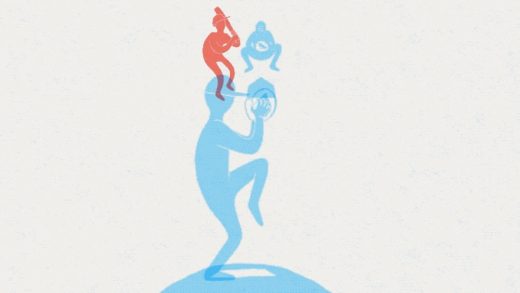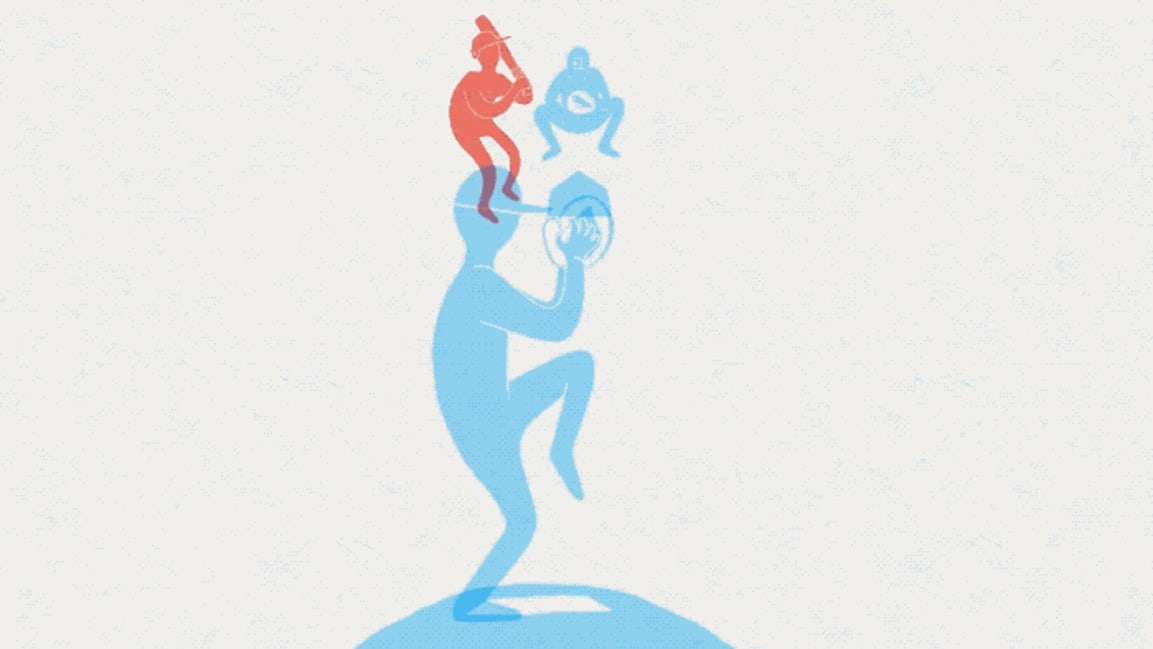Why is left-handedness so rare? It comes down to these 2 words
I’m left-handed, which means I’ve spent my entire life fumbling with scissors, wiping ink smudges from my pinky finger, and thumbing through magazines backwards. I’ve always accepted that being left-handed comes with certain challenges, but one thing about the condition has long perplexed me: Why are we lefties so damn rare?
It turns out, a plausible answer may be found in evolutionary theory. After googling a number of left-handed factoids in anticipation of International Left-Handers Day, which is today, I stumbled across a fascinating TED-Ed lesson from Daniel M. Abrams, which adeptly breaks down a mathematical explanation for why the rate of left-handed people has remained steady—about 10% of the population—for the last 500,000 years.
The reason boils down to two words, “competition” and “cooperation,” and how the balance between those forces plays out in human societies.
Let’s start with competition. It’s easy to see how being left-handed could give you a competitive edge in a society where fighting hand-to-hand was the only option for survival. Since most people were used to fighting right-handed opponents, lefties, despite being a minority, came to a fight with an element of surprise. As Abrams puts it, “This fighting hypothesis, where an imbalance in the population results in an advantage for left-handed fighters and athletes, is an example of negative frequency-dependent selection.”
But if it’s such an advantage, then why did lefties not increase their numbers? Why did we never break 10%? According to Abrams, evolution dictates that groups with that aforementioned negative advantage, like left-handedness, tend to grow within a population until that advantage disappears. If humans did nothing but fight each other throughout our history, lefties might have blossomed to become at least half of the population.
Which would be great! Just imagine how easy it would be to find a left-handed can opener.
But that’s not what happened. Instead, we have to take into account the second part of our equation: cooperation, aka the need to work together for the betterment of society. Cooperation requires humans to put aside their fighting impulses and do things like build tools, invent social customs, make musical instruments, and develop complex machinery. All these things put left-handed people at a disadvantage, simply by virtue of the fact that most tools are made with the right-handed majority in mind.
That’s not great for left-handed populations: As Abrams explains, “cooperative pressure pushes handed distribution in the opposite direction,” basically keeping the leftie population stable. We were 10% in the caveman days, and we’re still 10% now—and that distribution comes from competitive-cooperative effects playing out simultaneously over time.
All of which is a long-winded way of saying you should check out the video here or via the embed below. And be nice to your left-handed friends today. We only get one day a year.
(16)



